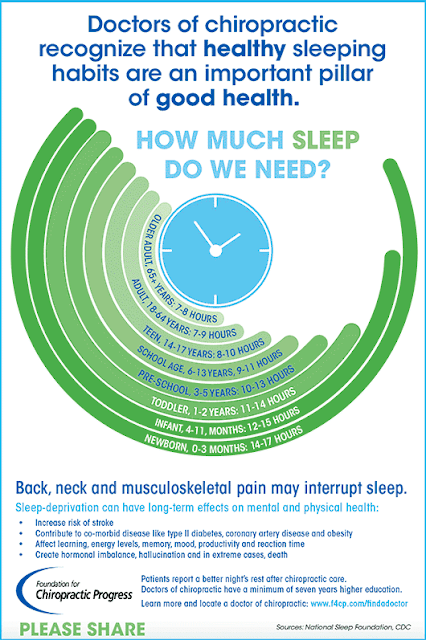 |
| On-Site Corporate Health Clinics |
Originally
conceived by large employers at least 70 years ago[1]
as a center for treating work related injuries, adding a benefit for high-wage
employees, or minimizing employees’ time away from work,[2]
on-site corporate health clinics have evolved into a new and expanded model.
Today, these clinics reflect post-health care reforms and address a myriad of challenges:
control and reduce health care costs, enhance access to primary care, and
function as a medical home for employees and their dependents.
Employers
increasingly consider on-site corporate health clinics as a vital component of
corporate health and wellness strategies that aim to measurably improve
employee productivity, integrate wellness initiatives, and provide an
employment benefit comparable to other employers. In some cases, these clinics
result in better control of corporate health care expenditures through on-site
screening for chronic diseases and active condition management.
That’s
a tall order for any health care delivery model, but one that continues to earn
market confidence. In 2009, Fuld & Co., a research organization, predicted
that the number of corporate on-site health clinics would swell to 7,000 by
2015, and would serve about 10 percent of the U.S. population under age 65.[3]
Several organizations tracking this trend, as well as the ever increasing scope
of services offered, have provided key statistics:
- National Business Group on Health shared in a 2013 survey that 44 percent of large employers have on-site corporate health clinics, and nine percent were considering the introduction of one.[4]
- Mercer’s (New York) most recent National Survey of Employer-Sponsored Health Plans, released in November 2012, indicated 37 percent of firms with 5,000 or more employees reported they offer occupational and/or primary care services through an on-site corporate health clinic, compared with 32 percent in 2010. Another 15 percent indicated they are considering installing a clinic within the next two years.
- On-site corporate health clinics were slightly less popular with mid-size employers. About 30 percent of employers with > 500 employees said they currently offer on-site services, while nine percent said they may begin offering on-site occupational health services, and 15 percent said they are considering offering primary health care services by 2014.
- The National Association of Worksite Health Centers (www.nawhc.org), the nation’s only nonprofit association supporting employer sponsors of on-site, near-site, mobile health, fitness and wellness centers, studied U.S. employers during the period of Nov. 2013-March 2014. There were 275 total responses: 116 of respondents were employers indicating that they had an on-site or near-site clinic. Results are shown for those with <1000 1="" and="" employees="">10,000 employees:
 |
| Results of 2014 National Survey of Onsite Clinic Operations and Policies |
 |
| EMPLOYER ADOPTION OF ON-SITE CLINICS |
[1] Brugh,
Victor M., M.D.; McCarthy, Mac; Why Establish On-site Care: Employer-Sponsored
Medical Clinics: Much More Than Convenience Care; Benefits Quarterly, first
quarter 2014, International Society of Certified Employee Benefit Specialists; https://www.iscebs.org/Documents/PDF/bqpublic/BQ1_2014.pdf;
Accessed October 27, 2014
[2] Boukus,
Ellyn R, Cohen, Genna R., Tu, Ha T.; Growing Employer Demand for Workplace
Clinics; HSC Research Brief No. 17; Center for Studying Health System Change,
December 2010; http://www.hschange.com/CONTENT/1166/;
Accessed October 27, 2014
[3] Fuld
& Company; The Growth of On-Site Health Clinics, 2009; http://www.yourhealthstat.com/files/article/The%20Growth%20of%20On-Site%20Clinics%20(Feb%202009).pdf;
Accessed January 6, 2015
[4] Towers
Watson/National Business Group on Health. (2013). Reshaping health care: Best
performers leading the way. Retrieved from
http://www.towerswatson.com/en-US/Insights/IC-Types/
Survey-Research-Results/2013/03/Towers-Watson-NBGH-Employer-Survey-on-Value-in-Purchasing-Health-Care.







